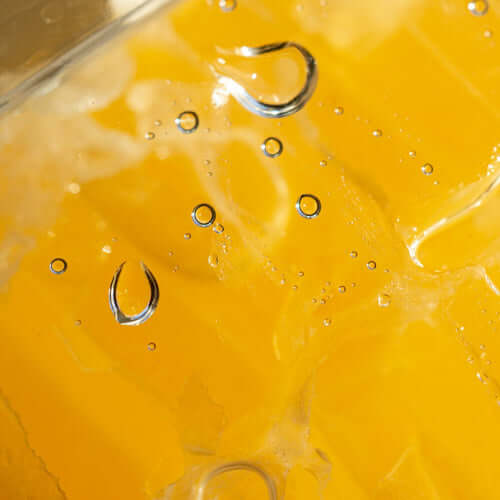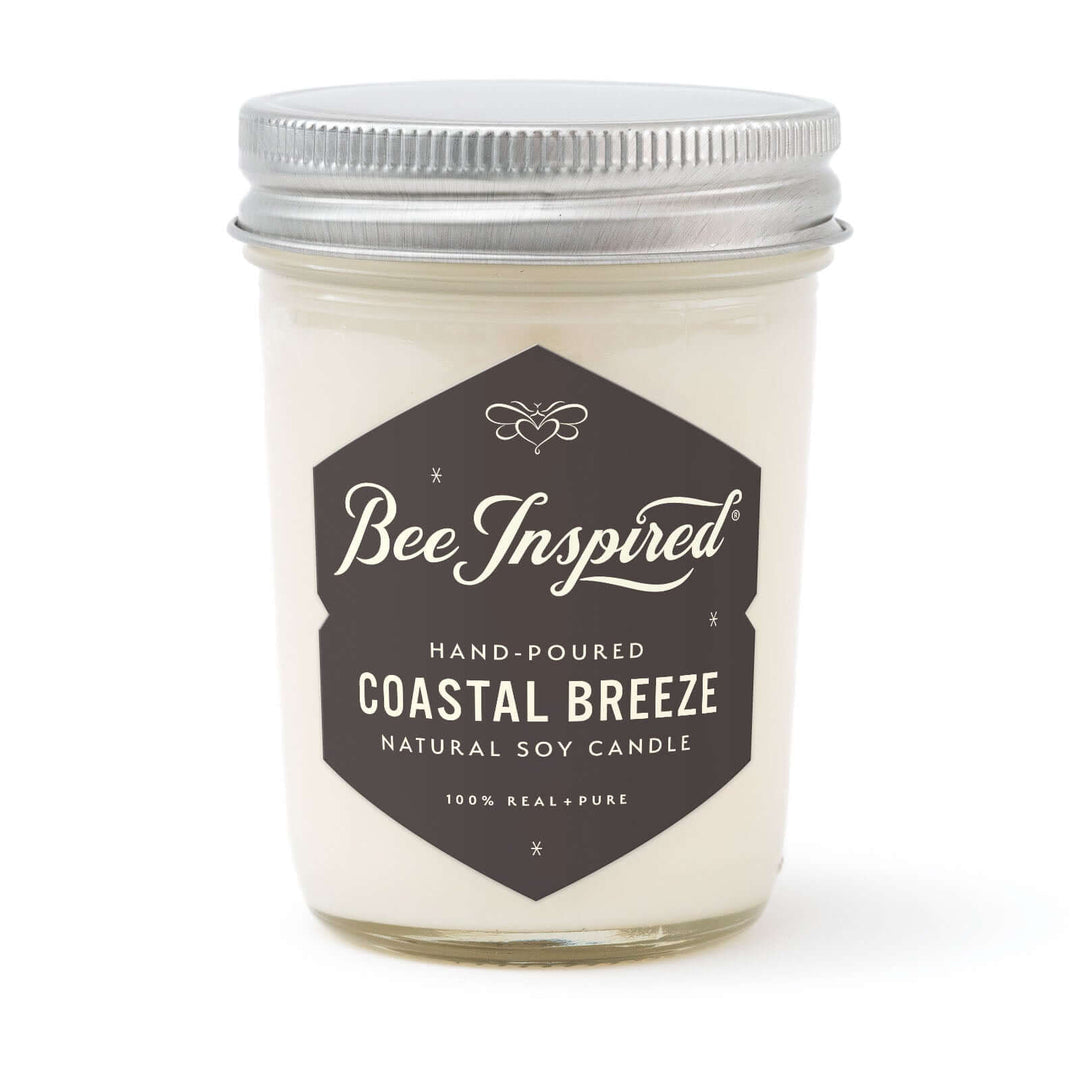When you think of , you might imagine a jar filled with a golden liquid, thick and sweet. While that’s how most of us consume honey, have you ever really thought about where it comes from? Bees work tirelessly to make honey by pollinating flowers and creating honeycomb. Honeycomb, as its name suggests, is a structure made from beeswax that holds the precious nectar they collect from flowers. And guess what? You can eat honeycomb too! Raw honeycomb is a fascinating and complex structure with a unique hexagonal shape, and today we’re delving into the intriguing world of honeycomb. Come with us as we explore how honeycomb is made by honey bees, the secrets behind its hexagonal pattern that bees build, and what makes honeycomb so unique.
With its mesmerizing hexagonal structure, it’s not only a marvel of nature but also plays a crucial role in the world of bees and honey. This captivating creation serves as a storehouse for honey, pollen, and other bee-produced products. Its symmetrical pattern and golden hue make it a stunning spectacle, fascinating both beekeepers and admirers of the natural world. Explore honeycomb with us, as we answer questions like how honeycomb is made, what the benefits of the structure are, and more!

The Importance of Honeycomb
Honeycomb holds immense significance in the intricate lives of bees. Serving as the foundation of their hive, it plays a vital role in bee society. Its hexagonal cells provide bees with a structured space to raise their brood, store food, and safeguard their precious resources. Female worker bees are responsible for maintaining these brood cells, making beeswax, feeding the larvae, and storing honey, ensuring the colony's food reserves and nurturing the next generation of bees.
The efficiency of honeycomb allows bees to maximize storage capacity while conserving precious energy and resources. Plus, honeycomb acts as a natural insulation material, regulating the temperature within the hive.
But what makes honeycomb so special? Honeycomb is more than just a structure that houses honey and bees. It’s a natural marvel with many beneficial properties. Honey is an antioxidant-rich food as it is high in flavonoids, which are known to reduce inflammation. It is also rich in vitamins and minerals, including zinc, calcium, and magnesium, among others. Honey has been used as medicine since ancient times. The beeswax in honeycomb contains natural antibacterial properties that aid in soothing skin irritation, making it a popular ingredient in skincare products.
Understanding the importance of honeycomb unveils the intricate balance and symbiotic relationship between bees and humans in the realm of nature!
How are Honeycomb Cells Made?
It begins with worker bees that collect nectar from flowers, which they carry back to the hive in their honey stomachs. Once inside the hive, the bees regurgitate the nectar and pass it among themselves, adding enzymes that transform it into honey. The bees then use wax secreted from their abdomens to build honeycomb cells, gradually enlarging the cell bottoms and constructing the cell walls, following specific behavioral rules to shape the honeycomb into hexagonal structures.

How exactly do honey bees make honeycomb?
Well, it all starts with the beeswax that they produce. Beeswax is a natural wax that comes from the glands of worker bees. They emit it in tiny flakes from their abdomen and chew it to make it soft and pliable. The bees then use their sharp mandibles to shape the beeswax, which turns soft when warm and hardens when cool. They bend and mold it into the hexagonal shape by constructing the cell walls that we are so familiar with. Once the hexagonal shape is in place, the worker bees begin to fill each cell with nectar, pollen, and propolis.

The Honeycomb Structure: Hexagonal Cells
The hexagonal shape of the honeycomb cells has always fascinated naturalists and mathematicians alike. The hexagonal pattern is not only visually appealing but offers several advantages in terms of space, stability, and efficiency. It is the most efficient way to use the beeswax, and it provides the maximum amount of space with the least amount of wax possible. As hexagons fit together seamlessly without leaving any gaps or wasted space, honeybees can store the maximum amount of honey in the minimum amount of space.
The structure of honeycomb exemplifies nature's ingenious design, balancing elegance, efficiency, and strength.
Moreover, honeycomb cells are also multifunctional. Each cell serves as a storage container for honey, pollen, and propolis, and they also provide a nursery for young bees. When it comes to honey production, the hexagonal comb cells ensure that maximum storage space is utilized. The honeycomb structure also helps regulate the temperature within the hive. The hexagonal shape of the cells allows for proper airflow, preventing any build-up of heat and ensuring the hive stays cool. The precision and efficiency with which bees create honeycomb showcase the impressive instincts and cooperative efforts of these remarkable insects!

Inside the Comb Worker Bees Build
Within the honeycomb structure, a world of natural wonders unfolds! The primary content of honeycomb is, of course, comb honey, which is stored by the bees in the hexagonal cells. Bees diligently fill these cells with their sweet creation, storing it as their precious food source.
The honey is carefully preserved within the honeycomb, thanks to the bees’ sealing process. They cap each cell with a thin layer of beeswax, protecting the honey from moisture and contaminants.
In addition to honey, honeycomb may contain other beneficial substances produced by bees. Bee pollen is often stored in separate cells. It is rich in proteins, vitamins, and minerals, making it a sought-after natural supplement that comes from eating honeycomb.
Bees also use honeycomb to store propolis, a resinous mixture with antimicrobial properties, and royal jelly, a nutritious substance fed to developing larvae.

Benefits of Honeycomb
Honeycomb offers a range of benefits, both in terms of nutrition and wellness. The honeycomb and its components provide a wealth of nutrients and bioactive compounds. Raw honey itself is rich in antioxidants, enzymes, vitamins, and minerals, making it a natural and wholesome sweetener in its purest form as found in honeycomb.
Eating honeycomb not only provides a source of energy but also offers potential health benefits. It may help soothe sore throats, support digestive health, and even exhibit antibacterial properties.
Honeycomb is also highly regarded in skincare. Its moisturizing properties help nourish and hydrate the skin, while its natural antibacterial qualities can help combat acne and skin inflammation.
Can You Eat Honeycomb?
Yes, fresh honeycomb is edible! The wax cells contain honey, and longtime readers know it’s a delicious and nutritious natural sweetener. It can be enjoyed as is, or it can be spread on bread or incorporated into recipes.
It’s important to note that the beeswax portion is also edible when eating honeycomb, although some people prefer to chew the honey and then spit out the wax.
Where Can I Buy Honeycomb?
From a trusted beekeeper like us here at Bee Inspired! When buying and eating honeycomb it's important to make sure that the honeycomb is sourced from reputable beekeepers or trusted suppliers to ensure quality and safety.
What is Raw Honeycomb and Raw Honey?
Raw honeycomb is unprocessed, taken directly from the beehive, maintaining its natural state with honey, beeswax, pollen and other bee-produced substances intact. It offers the full range of flavors, textures, and nutrients found in the hive.

Incorporate Honeycomb Into Your Life
From the intricate process of creation by bees to its remarkable hexagonal structure, honeycomb showcases efficiency, strength, and beauty. Here are some different ways you can eat honeycomb:
-
Top this Sweet and Spicy Chili with a chunk!
-
Try it on top of this Dairy-Free Panna Cotta
-
Top plain Greek Yogurt with chopped honeycomb and Honey Nut Granola
-
Try it on top of our blackberry pancakes. Or on top of any of our hot oatmeal dishes.
-
Use it as a garnish on top a this fruit and spinach salad.
-
For a sweet treat, top these grilled peaches with a chunk.
-
Add honeycomb to charcuterie or cheese board
-
Cut a chunk and add it to your next hot toddy.
Whether enjoyed as a source of pure honey, utilized in skincare, or admired for its natural wonders, honeycomb continues to mesmerize and inspire a deeper appreciation for the harmony of the natural world!
Honeycomb is undoubtedly a remarkable and fascinating creation of nature. It's a unique structure that has evolved over time to perfection. It's also a nutritious food and has been used for centuries for its medicinal properties. The hexagonal shape of honeycomb makes it an efficient use of beeswax, ensuring maximum storage and providing a perfect home for bees. Overall, there's no doubt that honeycomb is indeed a product worth exploring. So next time you indulge in some raw honey on your toast or cereal, remember the complex and intricate structure it came from!













